AFV Painting & Weathering
Answers to questions about the right paint scheme or tips for the right effect.
Answers to questions about the right paint scheme or tips for the right effect.
Hosted by Darren Baker, Matthew Toms
Desert Tracks
long_tom

Joined: March 18, 2006
KitMaker: 2,362 posts
Armorama: 2,005 posts

Posted: Sunday, October 14, 2018 - 03:02 AM UTC
From the photographs I saw, it seems that AFV tracks, when driving through desert sands, do get a polished, shiny appearance. Has anyone any tips on how to get this effect properly? I'm sure it's more difficult than it sounds.
pod3105

Joined: August 08, 2010
KitMaker: 466 posts
Armorama: 444 posts

Posted: Sunday, October 14, 2018 - 03:44 AM UTC
Dry-brush with an appropriate metallic colour over the contact areas on the "face"of the track and a bit of a lighter touch on the end connectors.
long_tom

Joined: March 18, 2006
KitMaker: 2,362 posts
Armorama: 2,005 posts

Posted: Sunday, October 14, 2018 - 04:42 AM UTC
Quoted Text
Dry-brush with an appropriate metallic colour over the contact areas on the "face"of the track and a bit of a lighter touch on the end connectors.
Thanks, but I was wondering if the inner part of the tracks would still be rust-colored or not?
Klaus-Adler

Joined: June 08, 2015
KitMaker: 1,505 posts
Armorama: 840 posts

Posted: Sunday, October 14, 2018 - 05:38 AM UTC
Quoted Text
Quoted TextDry-brush with an appropriate metallic colour over the contact areas on the "face"of the track and a bit of a lighter touch on the end connectors.
Thanks, but I was wondering if the inner part of the tracks would still be rust-colored or not?
i'm not an expert but i wold imagine that the abrasive nature of sand would probably remove a lot of surface rust but i would look for some pictorial evidence to back that up, this is simply an assumption on my part
RLlockie

Joined: September 06, 2013
KitMaker: 1,112 posts
Armorama: 938 posts
Posted: Sunday, October 14, 2018 - 07:49 AM UTC
The inner surfaces don’t look that rusty even in a non-desert environment on a functioning vehicle. The running surfaces of the roadwheels, along with any contact from the rims where applicable, tend to remove it. The most noticeable effect in sand is on the outer faces in my recollection.

RobinNilsson

Joined: November 29, 2006
KitMaker: 6,693 posts
Armorama: 5,562 posts

Posted: Sunday, October 14, 2018 - 09:36 AM UTC
Sand or anything else with hard grains in it will polish the tracks to a very shiny surface. Depending on the used alloys the colour/tone may wary from a shiny silver to more like the shine of a well cleaned sink.
Outer surfaces making contact with the ground.
Inner surfaces polished by road wheels
Guide teeth polished by road wheels
End connectors polished by sprocket teeth.
The sides of the inner road wheels on a Panther also got polished to a very bright shine.
Look at those guide horns reflecting off the mirror shine of the inside of the track
http://data3.primeportal.net/tanks/dan_hay/leopard_c2/images/leopard_c2_007_of_209.jpg

http://data3.primeportal.net/tanks/dan_hay/leopard_c2/images/leopard_c2_045_of_209.jpg
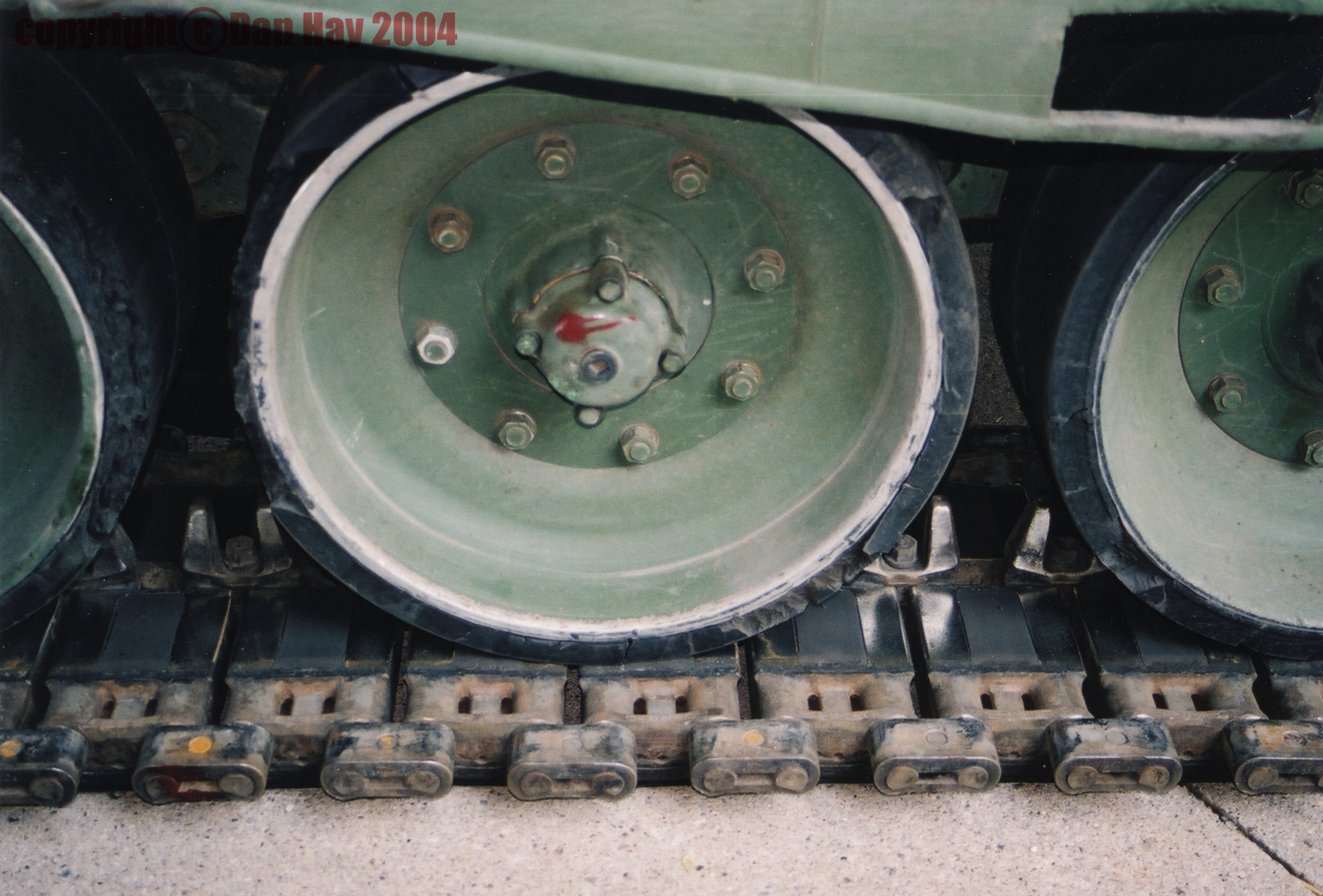
http://data3.primeportal.net/tanks/dan_hay/leopard_c2/images/leopard_c2_115_of_209.jpg

The polished surfaces will rust or go dull with time and weather but it doesn't take much driving around to get the shine back again.
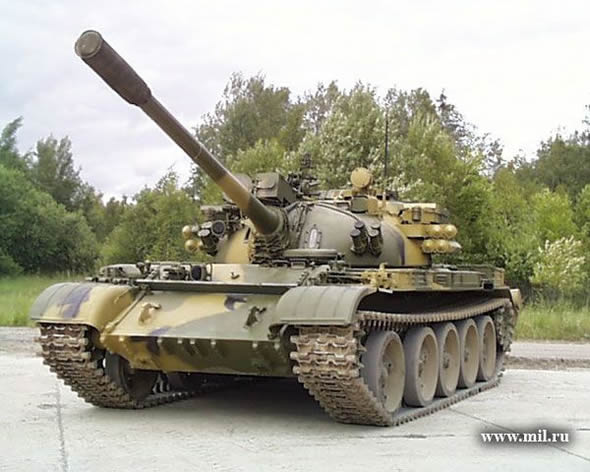


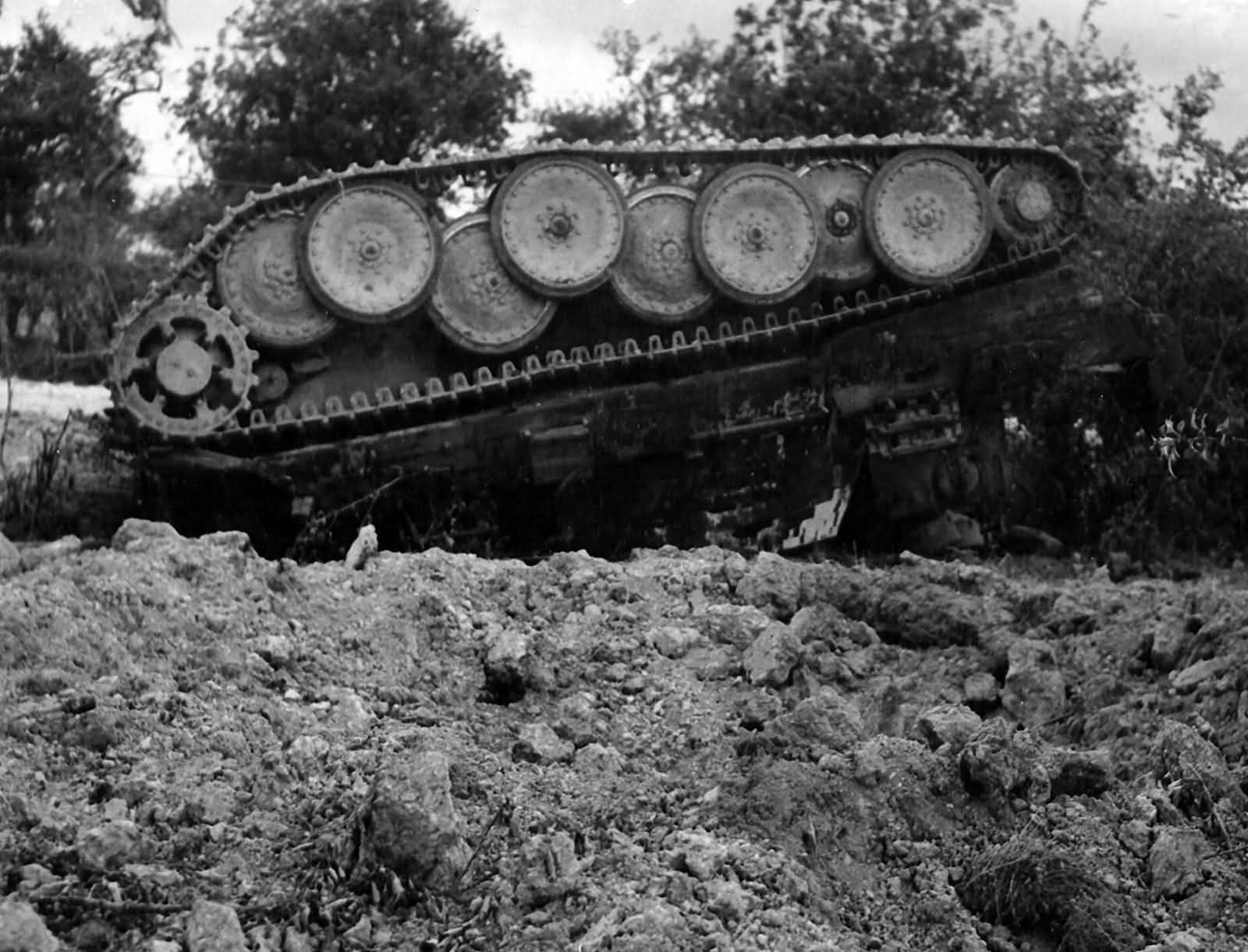
Any metal surface getting polished a lot will be shiny.
Model builders do it to show worn and polished surfaces where the crew enter/exit the tank but many forget the tracks completely.
I use Humbrol Silver (metallic) but any other paint which results in a bright silvery surface will do.
/ Robin
Outer surfaces making contact with the ground.
Inner surfaces polished by road wheels
Guide teeth polished by road wheels
End connectors polished by sprocket teeth.
The sides of the inner road wheels on a Panther also got polished to a very bright shine.
Look at those guide horns reflecting off the mirror shine of the inside of the track
http://data3.primeportal.net/tanks/dan_hay/leopard_c2/images/leopard_c2_007_of_209.jpg

http://data3.primeportal.net/tanks/dan_hay/leopard_c2/images/leopard_c2_045_of_209.jpg

http://data3.primeportal.net/tanks/dan_hay/leopard_c2/images/leopard_c2_115_of_209.jpg

The polished surfaces will rust or go dull with time and weather but it doesn't take much driving around to get the shine back again.




Any metal surface getting polished a lot will be shiny.
Model builders do it to show worn and polished surfaces where the crew enter/exit the tank but many forget the tracks completely.
I use Humbrol Silver (metallic) but any other paint which results in a bright silvery surface will do.
/ Robin
brekinapez

Joined: July 26, 2013
KitMaker: 2,272 posts
Armorama: 1,860 posts

Posted: Sunday, October 14, 2018 - 09:39 AM UTC
I use a silver art pencil.

RobinNilsson

Joined: November 29, 2006
KitMaker: 6,693 posts
Armorama: 5,562 posts

Posted: Sunday, October 14, 2018 - 09:51 AM UTC
Quoted Text
I use a silver art pencil.
I should try that, sounds like a clever way to do it

long_tom

Joined: March 18, 2006
KitMaker: 2,362 posts
Armorama: 2,005 posts

Posted: Sunday, October 14, 2018 - 12:10 PM UTC
So no rust left at all after a few miles in the desert.
Thanks!
But it takes time for any rust to come back while Mr. Tracked Vehicle stays out in the desert, I trust.
Thanks!
But it takes time for any rust to come back while Mr. Tracked Vehicle stays out in the desert, I trust.
Vicious

Joined: September 04, 2015
KitMaker: 1,517 posts
Armorama: 1,109 posts

Posted: Sunday, October 14, 2018 - 12:34 PM UTC
I do not know,to me it seems a bit' simplistic, it also depends on what kind of soil, sandy or rocky, which season, not often but in North Africa it rains and snows, and in case of a prolonged pause at what distance it is sea? ... closer you are more the things rust quickly ... even the shapes does so much in some nooks and crannies is not easy to reach ...
my 2 cents
my 2 cents

RobinNilsson

Joined: November 29, 2006
KitMaker: 6,693 posts
Armorama: 5,562 posts

Posted: Sunday, October 14, 2018 - 07:23 PM UTC
I got this from a tank instructor here in Sweden and we have snow, mud, sand, salted roads, rain (not much this summer though) and things rust.
A tank which is being used daily will not have rust on polished surfaces. Other surfaces is a completely different matter.
If it is non stainless steel it will rust after some time.
Aluminum tracks do not rust, rubber doesn't rust either.
All tracks acquire dirt, the only exceptions are those with cleaned and painted tracks on the static display at some defence exhibition or in a museum.
Even in mud ....
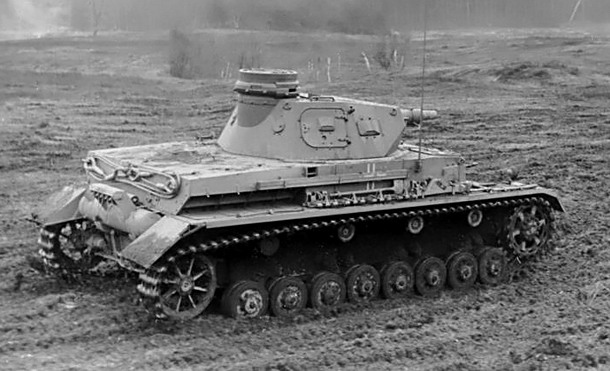
Dry sand: take a piece of rusty steel and rub it vigorously with dry sand for 30 minutes.
Wet sand: take a piece of rusty steel and rub it vigorously with wet sand for 30 minutes..
Refer to usage of wet/dry sandpaper.
Dry rock: take a piece of rusty steel and rub it vigorously with a dry rock for 30 minutes.
Wet rock: take a piece of rusty steel and rub it vigorously with a dry rock for 30 minutes.
Rock can be considered to be a very coarse sandpaper, grits between 0.1 and 2
Dry mud: take a piece of rusty steel and rub it vigorously with dry mud for 30 minutes.
Wet mud: take a piece of rusty steel and rub it vigorously with wet mud for 30 minutes.
Note that mud often contains clay and/or sand ...
Dry clay: take a piece of rusty steel and rub it vigorously with dry clay for 30 minutes.
Wet clay: take a piece of rusty steel and rub it vigorously with wet clay for 30 minutes.
Caly can be considered equivalent to a rubbing compound,
maybe grit 500 and upwards ...
Definition of clay:
"Clay is a finely-grained natural rock or soil material that combines one or more clay minerals with possible traces of quartz (SiO2), metal oxides (Al2O3 , MgO etc.) and organic matter. Geologic clay deposits are mostly composed of phyllosilicate minerals containing variable amounts of water trapped in the mineral structure. Clays are plastic due to particle size and geometry as well as water content, and become hard, brittle and non–plastic upon drying or firing.[1][2][3] Depending on the soil's content in which it is found, clay can appear in various colours from white to dull grey or brown to deep orange-red."
https://en.wikipedia.org/wiki/Clay
The climate will affect the time it takes for the polished steel to become rusty again. Polished aluminum will usually go dull a lot quicker but it will not rust.
Driving a tank over any polishing soil will polish the tracks, even if the soil is wet. Simplistic or not
Referring to, and believing in, pictures is probably the best way to find out how the tracks on a specific type of vehicle behaves.
/ Robin
A tank which is being used daily will not have rust on polished surfaces. Other surfaces is a completely different matter.
If it is non stainless steel it will rust after some time.
Aluminum tracks do not rust, rubber doesn't rust either.
All tracks acquire dirt, the only exceptions are those with cleaned and painted tracks on the static display at some defence exhibition or in a museum.
Even in mud ....

Dry sand: take a piece of rusty steel and rub it vigorously with dry sand for 30 minutes.
Wet sand: take a piece of rusty steel and rub it vigorously with wet sand for 30 minutes..
Refer to usage of wet/dry sandpaper.
Dry rock: take a piece of rusty steel and rub it vigorously with a dry rock for 30 minutes.
Wet rock: take a piece of rusty steel and rub it vigorously with a dry rock for 30 minutes.
Rock can be considered to be a very coarse sandpaper, grits between 0.1 and 2

Dry mud: take a piece of rusty steel and rub it vigorously with dry mud for 30 minutes.
Wet mud: take a piece of rusty steel and rub it vigorously with wet mud for 30 minutes.
Note that mud often contains clay and/or sand ...
Dry clay: take a piece of rusty steel and rub it vigorously with dry clay for 30 minutes.
Wet clay: take a piece of rusty steel and rub it vigorously with wet clay for 30 minutes.
Caly can be considered equivalent to a rubbing compound,
maybe grit 500 and upwards ...
Definition of clay:
"Clay is a finely-grained natural rock or soil material that combines one or more clay minerals with possible traces of quartz (SiO2), metal oxides (Al2O3 , MgO etc.) and organic matter. Geologic clay deposits are mostly composed of phyllosilicate minerals containing variable amounts of water trapped in the mineral structure. Clays are plastic due to particle size and geometry as well as water content, and become hard, brittle and non–plastic upon drying or firing.[1][2][3] Depending on the soil's content in which it is found, clay can appear in various colours from white to dull grey or brown to deep orange-red."
https://en.wikipedia.org/wiki/Clay
The climate will affect the time it takes for the polished steel to become rusty again. Polished aluminum will usually go dull a lot quicker but it will not rust.
Driving a tank over any polishing soil will polish the tracks, even if the soil is wet. Simplistic or not

Referring to, and believing in, pictures is probably the best way to find out how the tracks on a specific type of vehicle behaves.
/ Robin
petbat

Joined: August 06, 2005
KitMaker: 3,353 posts
Armorama: 3,121 posts

Posted: Sunday, October 14, 2018 - 08:08 PM UTC
Quoted Text
rubber doesn't rust either.
/ Robin
Damn, now I have go back and fix the tracks on the M3 half track I did 40 years ago......

As was said above, it really depends on what type of desert. They are not all Sahara beach sand ready for sand blasting.
Israeli Magach…. more dust than rust for sure, but how can you tell?
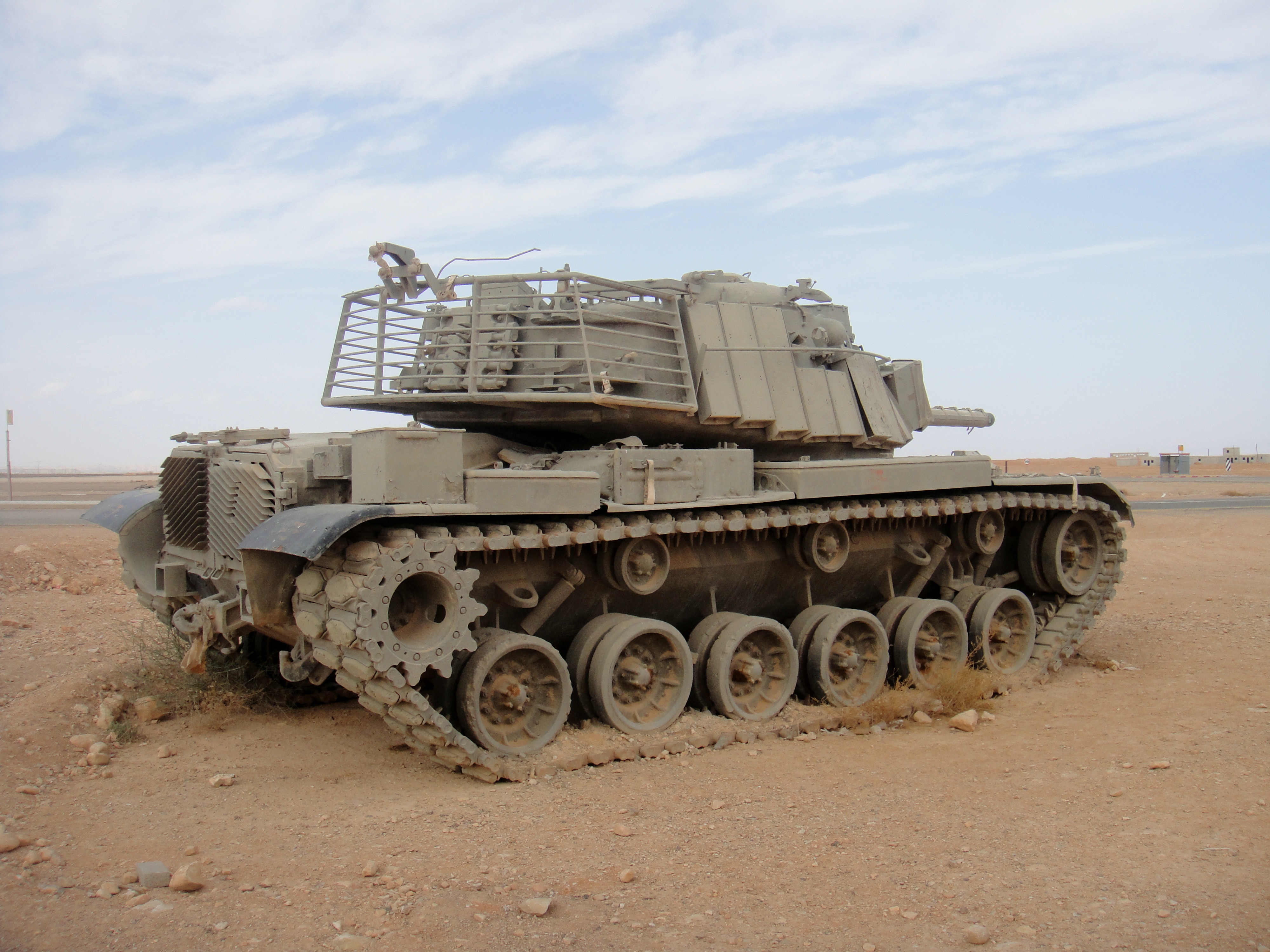
If not for the chewed out rubber, you'd think these links were fresh out of the pack:

Your best bet id find a pic of the vehicle you are building and hope for some close up colour pics...

RobinNilsson

Joined: November 29, 2006
KitMaker: 6,693 posts
Armorama: 5,562 posts

Posted: Sunday, October 14, 2018 - 09:03 PM UTC
Quoted Text
Quoted Textrubber doesn't rust either.
/ Robin
Damn, now I have go back and fix the tracks on the M3 half track I did 40 years ago......
As was said above, it really depends on what type of desert. They are not all Sahara beach sand ready for sand blasting.
Israeli Magach…. more dust than rust for sure, but how can you tell?

If not for the chewed out rubber, you'd think these links were fresh out of the pack:

Your best bet id find a pic of the vehicle you are building and hope for some close up colour pics...
I hope you haven't decorated an M113 hull with rust all over either

"sand ready for sand blasting" Try polishing with clay and check what happens. Magach: over 50 tons sitting on 24 palm sized surfaces (6 double roadwheels each side). That comes to more than 2 tons per palm, a conservative estimate is 2000 kg on 80 square cm or 25 kg per square cm.
Try rubbing steel with some clay with 25 kg pressure per fingertip and do it for half an hour
 See what happens (except for intense sweating ...)
See what happens (except for intense sweating ...)I would assume that the inner surface is metal (I could be wrong):

T142 track
That Magach would get the rust ground or polished of pretty quickly. Small rocks of sandstone and limestone would ge crushed under the roadwheels and turned to sand

Embrace the shine and use it to create vuísual interest smack in the middle of the rust and grime of the non-polished surfaces of the tracks and wheels

In the end it depends on what the modeler is trying to show, a tank which has been sitting in the desert for weeks/months or one that has stopped for a quick fuel refill before continuing.
/ Robin
petbat

Joined: August 06, 2005
KitMaker: 3,353 posts
Armorama: 3,121 posts

Posted: Monday, October 15, 2018 - 08:53 PM UTC
Quoted Text
I hope you haven't decorated an M113 hull with rust all over either
What! Aluminium doesn't rust? Next you will tell me that it retains heat and burns too!


long_tom

Joined: March 18, 2006
KitMaker: 2,362 posts
Armorama: 2,005 posts

Posted: Monday, October 15, 2018 - 11:24 PM UTC
Quoted Text
Quoted Text
I hope you haven't decorated an M113 hull with rust all over either
What! Aluminium doesn't rust? Next you will tell me that it retains heat and burns too!

Aluminum may not rust the red color, but it does oxidize.

RobinNilsson

Joined: November 29, 2006
KitMaker: 6,693 posts
Armorama: 5,562 posts

Posted: Tuesday, October 16, 2018 - 12:59 AM UTC
Quoted Text
Quoted TextQuoted Text
I hope you haven't decorated an M113 hull with rust all over either
What! Aluminium doesn't rust? Next you will tell me that it retains heat and burns too!

Aluminum may not rust the red color, but it does oxidize.
The first few layers of aluminumoxide will form almost instantaneously and the buildup will continue for a month or maybe even up to a year.
Polished aluminum doesn't stay polished very long if it is exposed to oxygen ....
/ Robin
Scarred

Joined: March 11, 2016
KitMaker: 1,792 posts
Armorama: 1,186 posts

Posted: Tuesday, October 16, 2018 - 02:04 AM UTC
Quoted Text
Quoted TextQuoted TextQuoted Text
I hope you haven't decorated an M113 hull with rust all over either
What! Aluminium doesn't rust? Next you will tell me that it retains heat and burns too!

Aluminum may not rust the red color, but it does oxidize.
The first few layers of aluminumoxide will form almost instantaneously and the buildup will continue for a month or maybe even up to a year.
Polished aluminum doesn't stay polished very long if it is exposed to oxygen ....
/ Robin
Decades ago for my senior project in metal shop we made a forge for casting metals. The first thing we did was cast four aluminum ingots for a test. One was split between me and the other kid who did the project and they were milled on the sides and bottom. This was the early 80's and that ingot is still shiny and smooth like the day we poured and worked it. Now the hood of my 03 truck is aluminum and has minor oxidation where there was iron contamination prior to painting causing the paint to blister. Ford did a recall on them but I missed the window by a few months.
You don't need to look exclusively at tracked AFV's to see what sand, or any type of soil does to tracks. Just look around and any tracked earth moving equipment. A bulldozer working in a sandy area can give you a good idea what sand can do to tracks.
long_tom

Joined: March 18, 2006
KitMaker: 2,362 posts
Armorama: 2,005 posts

Posted: Tuesday, October 16, 2018 - 11:16 AM UTC
My current plan is to make a Chinese Iraqi armored ambulance taking wounded away from the front. I got the idea from seeing such a vehicle on display at the local Illinois National Guard base on Cermak and First Avenues.
Maybe I'm too hopeful, but I wondered if I could use good old fashioned Testors silver paint as the base color for the tracks, a color from my childhood. Or is this too far fetched of an idea?
Maybe I'm too hopeful, but I wondered if I could use good old fashioned Testors silver paint as the base color for the tracks, a color from my childhood. Or is this too far fetched of an idea?
Kevlar06


Joined: March 15, 2009
KitMaker: 3,670 posts
Armorama: 2,052 posts

Posted: Tuesday, October 16, 2018 - 12:11 PM UTC
Even in the middle of winter, the exposed metal tracks on our 11th Cav M113s, M551s, M109s and M-60s would polish out to a burnished metal color. They might be coated in mud or dust, but they would be shiny underneath-- at least for a little while while the track was operating. If it sat for a week or two without moving (a scenario unlikely in combat) it may begin to have a slight brownish sheen to the metal. I frequently see tracks at model shows that are coated in rust, with full crews going about their business. Basically live action tracks (as in most American Armor since WWII) won't show rust on the tracks unless the vehicle has been abandoned for some time.
VR, Russ
VR, Russ
long_tom

Joined: March 18, 2006
KitMaker: 2,362 posts
Armorama: 2,005 posts

Posted: Tuesday, October 16, 2018 - 01:25 PM UTC
Quoted Text
Even in the middle of winter, the exposed metal tracks on our 11th Cav M113s, M551s, M109s and M-60s would polish out to a burnished metal color. They might be coated in mud or dust, but they would be shiny underneath-- at least for a little while while the track was operating. If it sat for a week or two without moving (a scenario unlikely in combat) it may begin to have a slight brownish sheen to the metal. I frequently see tracks at model shows that are coated in rust, with full crews going about their business. Basically live action tracks (as in most American Armor since WWII) won't show rust on the tracks unless the vehicle has been abandoned for some time.
VR, Russ
For WW2 and before, would the same rules apply? I ask because I'm not sure how metallurgy was during that era. Materials like rubber certainly were different a century ago.
jasegreene

Joined: October 21, 2013
KitMaker: 751 posts
Armorama: 751 posts

Posted: Tuesday, October 16, 2018 - 01:25 PM UTC
Unless you have ever been to the Mid-East,you will never know how fine the sand is in that part of the world.This info I know personally because of the time I have spent in Yemen.This sand is like talcum powder because of it's fineness.That is why it could easily sand any rust off tracks.
Kevlar06


Joined: March 15, 2009
KitMaker: 3,670 posts
Armorama: 2,052 posts

Posted: Tuesday, October 16, 2018 - 05:54 PM UTC
Quoted Text
Quoted TextEven in the middle of winter, the exposed metal tracks on our 11th Cav M113s, M551s, M109s and M-60s would polish out to a burnished metal color. They might be coated in mud or dust, but they would be shiny underneath-- at least for a little while while the track was operating. If it sat for a week or two without moving (a scenario unlikely in combat) it may begin to have a slight brownish sheen to the metal. I frequently see tracks at model shows that are coated in rust, with full crews going about their business. Basically live action tracks (as in most American Armor since WWII) won't show rust on the tracks unless the vehicle has been abandoned for some time.
VR, Russ
For WW2 and before, would the same rules apply? I ask because I'm not sure how metallurgy was during that era. Materials like rubber certainly were different a century ago.
I believe it does, as long as the track is moving. Early track metallurgy would probably result in the track rusting faster, but here's the thing-- most model builders build stuff that's operational, and unless it's sitting in the motor pool, or stationary for long periods of time, or derelict, rust doesn't form on those moving parts. That's not to say other parts won't rust, but even then, when your life depends on it, you'll take care of your equipment. Most tank crews keep that in mind.
VR, Russ

RobinNilsson

Joined: November 29, 2006
KitMaker: 6,693 posts
Armorama: 5,562 posts

Posted: Tuesday, October 16, 2018 - 09:13 PM UTC
Quoted Text
My current plan is to make a Chinese Iraqi armored ambulance taking wounded away from the front. I got the idea from seeing such a vehicle on display at the local Illinois National Guard base on Cermak and First Avenues.
Maybe I'm too hopeful, but I wondered if I could use good old fashioned Testors silver paint as the base color for the tracks, a color from my childhood. Or is this too far fetched of an idea?
Two possibilities:
1. Darkish base, do the rust and dirt where it should be. Add highlights to the polished surfaces.
2. Shiny base coulour, add dirt and rust with paints that are less durable than the base coat. Rub, i.e. polish, the surfaces that should be polished. Narrow strips of masking tape on the shiny surfaces inside the tracks could protect these and remove some of the polishing work.
If the shiny base is an enamel and the dirt/rust is acrylics and pigments then method 2 should work.
/ Robin
long_tom

Joined: March 18, 2006
KitMaker: 2,362 posts
Armorama: 2,005 posts

Posted: Wednesday, October 17, 2018 - 11:27 AM UTC
But going back to the original question, would metal tracks be polished all shiny clean, with no rust spots, by going over desert sands?
ArtyG37B

Joined: August 13, 2009
KitMaker: 420 posts
Armorama: 416 posts

Posted: Wednesday, October 17, 2018 - 11:35 AM UTC
 |








